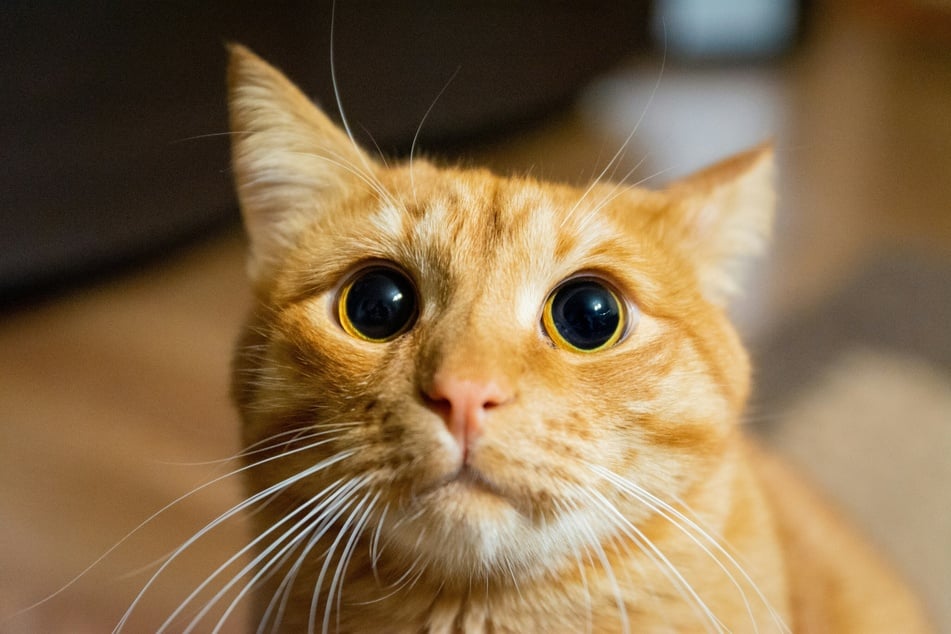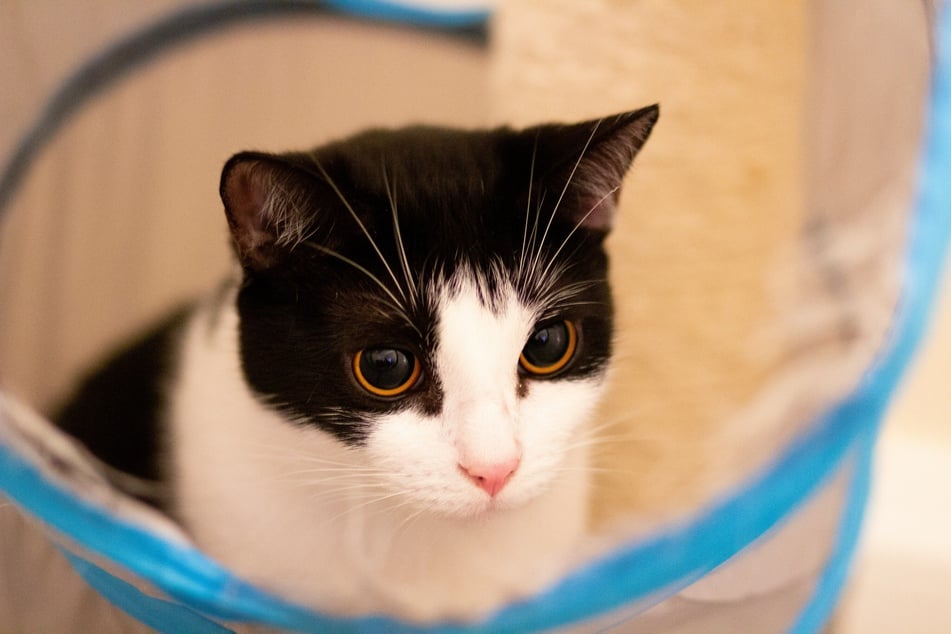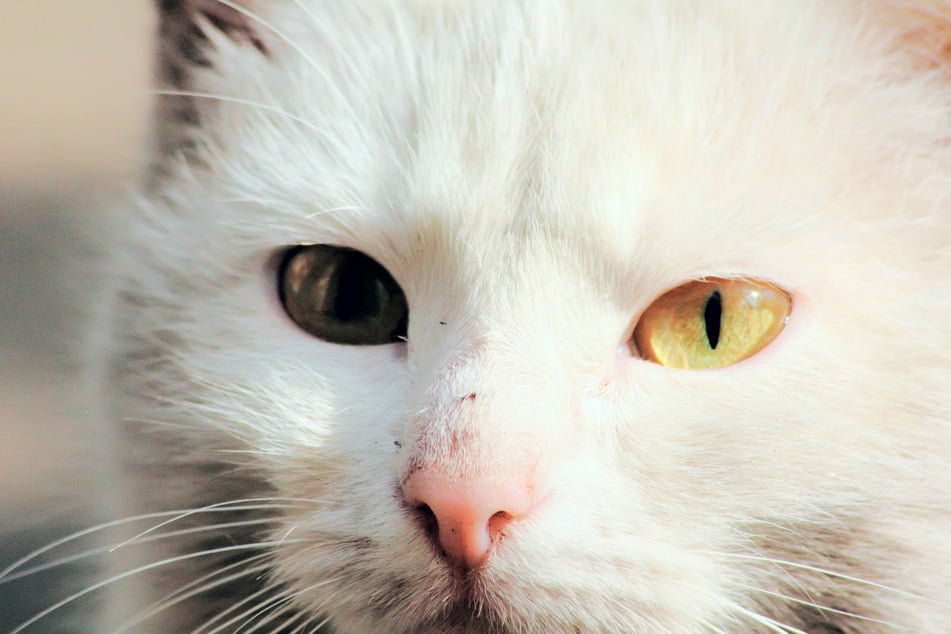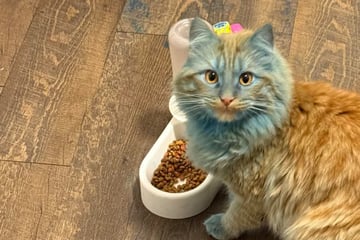Darkness, excitement, or illness: why does my cat have dilated pupils?
What can it mean if a cat has dilated (i.e. large) pupils? This cat guide explains why this happens in cats and when you need to see a vet.

A cat's eyes are striking features that tell pet parents how it may be feeling.
Depending on how wide a cat's pupils are open, it sometimes appears calm and relaxed, sometimes curious or even excited.
Cats with large pupils are often particularly cute, but the size of the pupils can also indicate a health problem.
It is particularly worrying if a cat has pupils of different sizes or permanently dilated pupils.
Find out what causes dilated pupils in cats and when you should go to the vet.
My cat has large pupils - Is this normal?
It is perfectly normal for a cat's pupils to dilate and contract, as these changes serve to improve their vision so that they always have the best possible view.
Light conditions
The function of the pupils is to determine how much light enters a cat's eye. The wider the pupils are open, the more light enters the cat's eye.
In an environment with little light, cats' pupils are normally very large, whereas in direct sunlight, they are only narrow slits. For this reason, cats can see at night.
Emotions
Another possible cause of large pupils in cats is strong emotions such as excitement, stress, fear, or joy. The dilated pupils are a reaction to increased adrenaline levels and heightened alertness. The sympathetic nervous system is also activated.
If a cat's pupils are enlarged, it may be emotionally aroused and particularly alert.

Health causes of large pupils in cats
If a cat has large pupils despite light and excitement levels, then it may be time to worry. If the pupils are unusually dilated, this may be due to a health problem. It is important to distinguish whether both eyes are affected or only one pupil is larger than the other.
Scenario: Cat always has large pupils
If a cat has permanently large pupils on both sides, you should take a closer look. If the cat shows other symptoms such as reddened or excessively watery eyes, apathy, and trembling, you should take it to a vet. The same applies if the pupils look large and fixed.
Possible health problems of cats with large pupils:
- pain
- high blood pressure
- glaucoma
- neurological disorders
- side effects of certain medications
- poisoning
Such illnesses cause a cat to have large pupils and poor vision. The kitty may appear disoriented and unreactive when you show it a toy or something similar.
If you think your cat is unwell, you should have it examined by a vet.
Scenario: Cat has pupils of different sizes
If a cat's pupils are different sizes, this is called anisocoria. If this occurs suddenly and the cat shows other symptoms of illness (e.g. sensitivity to light, eye discharge, change in behavior), you should consult a vet immediately to avoid long-term damage to the cat.
Possible causes of anisocoria are
- increased intracranial pressure
- increased intraocular pressure
- stroke
- brain tumor
- nerve damage
- meningitis
- epilepsy
- trauma
In rare cases, anisocoria in cats can be congenital. If a cat shows no other symptoms of illness and its vision is normal, pupils of different sizes are no cause for concern.

FAQ: What you should know about large pupils in cats
Cats may sometimes have naturally narrow or naturally large pupils. It is only a cause for concern if the pupils are permanently dilated or the cat has pupils of different sizes.
If the cat appears to be sick, it is always advisable to have it examined by a vet to make sure everything is as it should be.
Cover photo: unsplash/Ivan Lopatin
